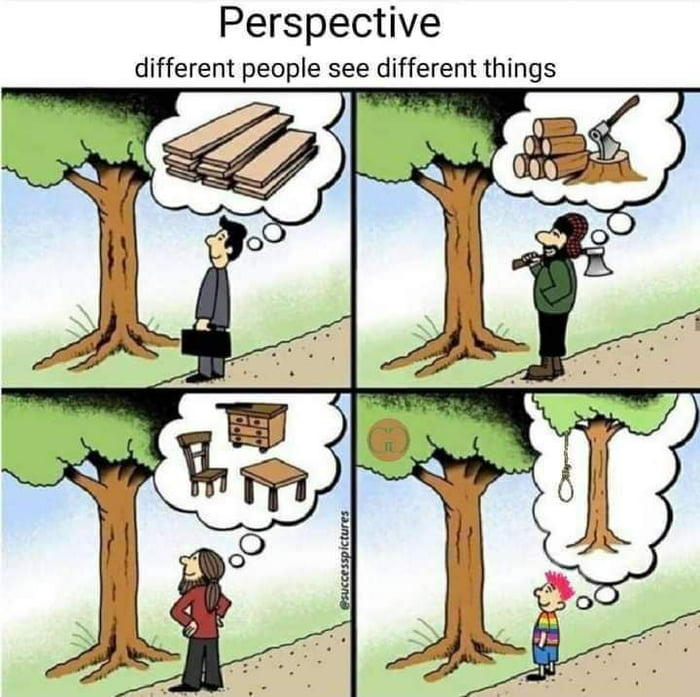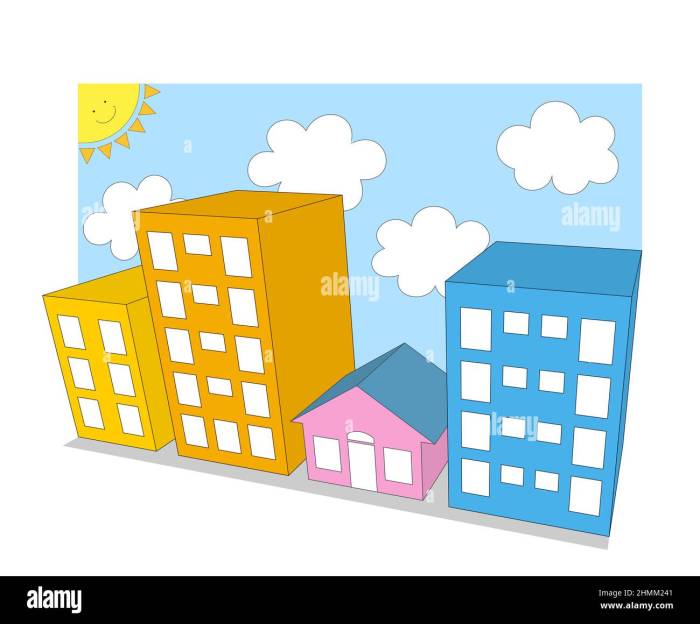What is the cartoonist’s perspective in this cartoon? This question delves into the intriguing world of visual storytelling, where artists convey their viewpoints and messages through the skillful use of imagery and symbolism. Understanding the cartoonist’s perspective is crucial for deciphering the intended meaning and impact of their work.
By examining the cartoon’s visual elements, such as symbols, metaphors, and exaggerations, we can uncover the cartoonist’s stance on the issue at hand. The historical, social, and cultural context surrounding the cartoon’s creation also plays a significant role in shaping the artist’s perspective.
Cartoonist’s Perspective: Overview

The cartoonist’s perspective refers to the viewpoint or message that is conveyed through their artwork. It is the lens through which the cartoonist presents their ideas and opinions on a particular topic or issue. Analyzing the cartoonist’s perspective is crucial for understanding the intended meaning of the cartoon and gaining insight into the artist’s worldview.
Identifying the Cartoonist’s Perspective
Identifying the cartoonist’s perspective involves examining various elements of the cartoon, including symbols, metaphors, and visual cues. Symbols are objects or images that represent abstract ideas or concepts, while metaphors are figures of speech that compare two unlike things to create a vivid or striking image.
Visual cues, such as facial expressions, body language, and the arrangement of elements within the cartoon, can also provide valuable clues about the cartoonist’s viewpoint.
Contextual Analysis, What is the cartoonist’s perspective in this cartoon
To fully grasp the cartoonist’s perspective, it is essential to consider the historical, social, and cultural context in which the cartoon was created. External factors, such as current events, political debates, and societal norms, can influence the cartoonist’s perspective and shape the message they convey.
By understanding the context, readers can gain a deeper appreciation of the cartoon’s intended meaning and its relevance to the time and place in which it was created.
Visual Storytelling Techniques
Cartoonists employ various visual storytelling techniques to convey their perspective, including exaggeration, symbolism, and irony. Exaggeration involves distorting or magnifying certain features or aspects of the subject matter to create a humorous or satirical effect. Symbolism uses objects or images to represent abstract ideas or concepts, allowing the cartoonist to communicate complex messages in a concise and visually appealing manner.
Irony involves presenting a situation or event in a way that highlights its absurdity or contradiction, often for humorous or critical purposes.
Comparing Perspectives
Comparing the perspectives of different cartoonists on the same topic can provide a more comprehensive understanding of the issue being addressed. By examining multiple viewpoints, readers can gain insights into the diverse opinions and interpretations that exist on a particular subject.
This comparative analysis can foster critical thinking and encourage readers to consider different perspectives and form their own informed opinions.
Impact and Interpretation
The cartoonist’s perspective can have a significant impact on the audience’s interpretation of the cartoon. A cartoonist’s viewpoint can shape public opinion, influence social discourse, and even inspire political or social action. By understanding the cartoonist’s perspective, readers can gain a deeper appreciation of the cartoon’s intended message and its potential impact on society.
FAQ Corner: What Is The Cartoonist’s Perspective In This Cartoon
How can we identify the cartoonist’s perspective?
The cartoonist’s perspective can be identified by analyzing the cartoon’s visual elements, such as symbols, metaphors, and exaggerations. These elements often convey the artist’s stance on the issue being addressed.
What is the significance of considering the context when analyzing a cartoon?
The historical, social, and cultural context surrounding the cartoon’s creation can significantly influence the cartoonist’s perspective. Understanding this context helps us better grasp the intended meaning and message of the cartoon.
How can comparing the perspectives of different cartoonists enhance our understanding?
Comparing the perspectives of different cartoonists on the same topic provides a more comprehensive view of the issue being addressed. It allows us to see how different artists interpret and convey their viewpoints, enriching our understanding of the topic.


